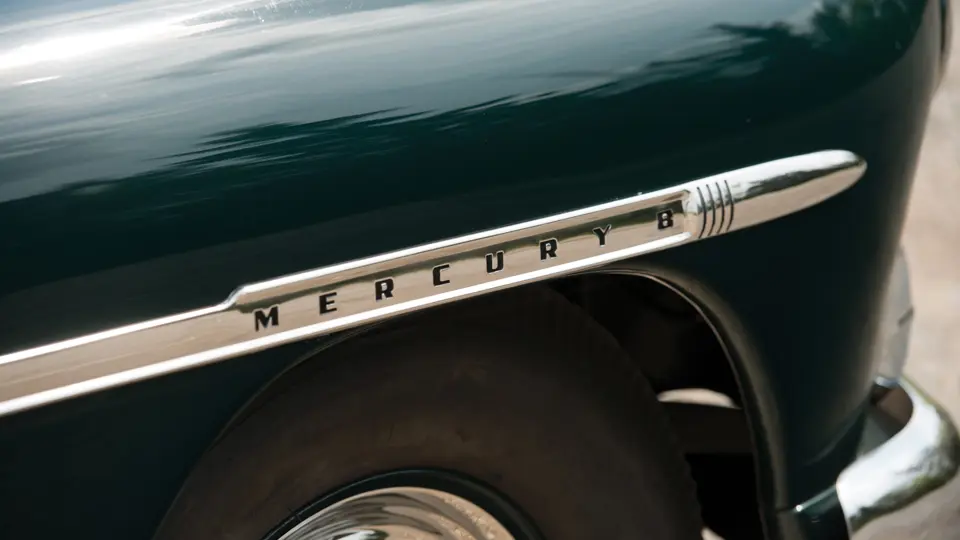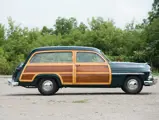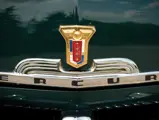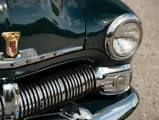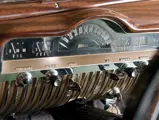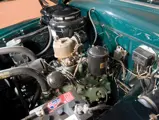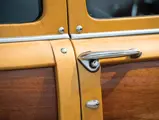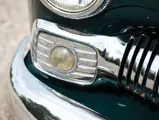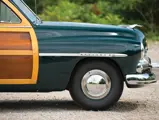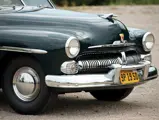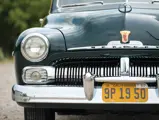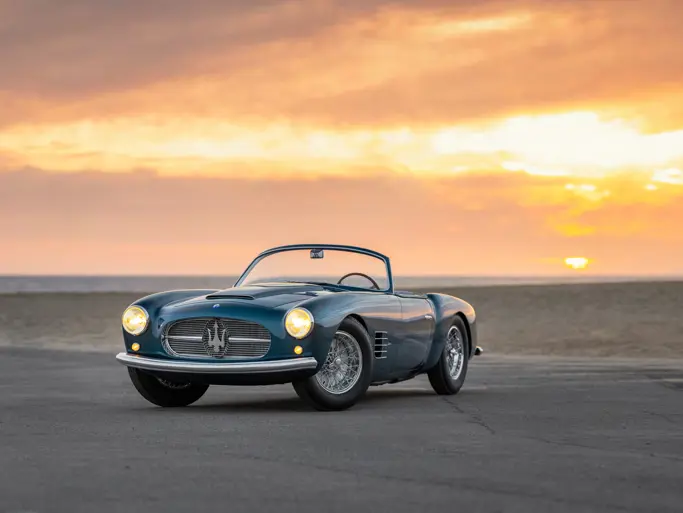Model 0CM. 110 bhp, 255.4 cu. in. flathead V-8 engine, three-speed manual transmission with overdrive, coil-spring independent front suspension, live rear axle with semi-elliptic leaf springs, and four-wheel hydraulic drum brakes. Wheelbase: 118 in.
Although Ford Motor Company’s new 1949 station wagons provided both fashion and utility, competitors were hard at work on new features of their own. The all-steel Plymouth Suburban, while only a six-seater, had a folding rear seat that, in just seconds, converted to a flat load area. General Motors had embraced the all-metal idiom but hedged their bets; GM wagons were available in metal with Di-Noc decoration or real wood, albeit it was used as more of an accent than for real structure.
Where Ford trailed most was in utility. In order to use the load space in a Ford or Mercury wagon, one had to remove the middle and rear seats. This was difficult and took several minutes, and it was best done by two people. Once the seats were out, there was an uneven floor, because the footwell for the second-seat passengers was at a different level than the area for the third seat.
A technical makeover was undertaken and planned for the 1951 model year. Engineers designed a new “stowaway” second seat, one that worked better than Plymouth’s. The mahogany side panels were replaced by steel wood-grained facing, and the tailgate was given a stamped metal skin, still with indents to emulate panels. As part of this modification, the spare tire was recessed slightly into the tailgate, to cure an interference problem with the rear bumper. On Fords, the new tailgate was simply painted, while Mercurys had mahogany wood grain to match the scheme of the sides. At the same time, costs were cut slightly by substituting vinyl for the earlier cars’ leather upholstery.
This 1950 Mercury Station Wagon was the recipient of a prize-winning restoration in Everglade Green, and it is of the late configuration, which is similar to that of the mid-year Ford Country Squire. Thus, it has vinyl seats rather than leather, and the middle seat, which folds flat into the floor. The two-tone green vinyl is new, and the front is furnished with lap belts for two. The floors have new black rubber mats, the headliner is dark green vinyl, and the dashboard and window moldings are newly wood grained, to very good effect. The instruments are in very good condition, the steering wheel is excellent, and the car is equipped with a radio, heater, and windshield washers.
The exterior paint exhibits a deep shine, and all the brightwork is excellent. The wood is NOS and was found in the original factory packing crates in Maine, which were stamped on the back with a shipping address from Ford to a dealer in Massachusetts. The wood has been varnished to a high gloss, and the door gaps are even, with both doors opening and shutting well. The Lincoln script glass is all in good condition, except for a slight chip on one of the sliders.
The 8CM engine is nicely restored and detailed in the correct green. The chassis and underbody have been fully restored and painted in gloss black, and they are generally clean, showing only the mild soiling commensurate with occasional road use. The spare is mounted to the tailgate and has a body-color metal cover.
While in the care of renowned Ford “woodie” collector Nick Alexander, this Mercury received a Dearborn Award from the Early Ford V-8 Club at Pismo Beach, California, in 2001. Mr. Miller missed out on buying the wagon when it was sold from the Alexander Collection, but when he happened upon it a short time later, he wasted no time in snapping it up for his collection. This is a fine example of the second-series 1950 Station Wagon, and it is ready for show, tour, or simple enjoyment.
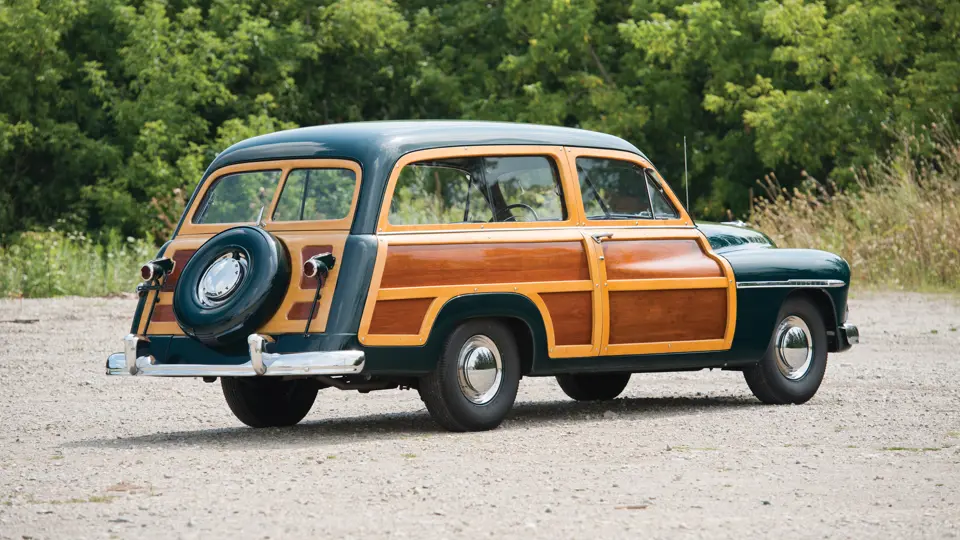



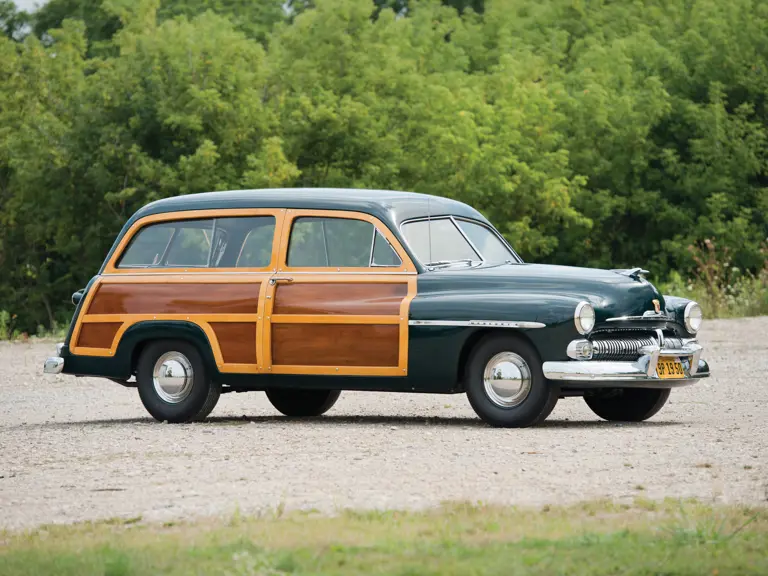

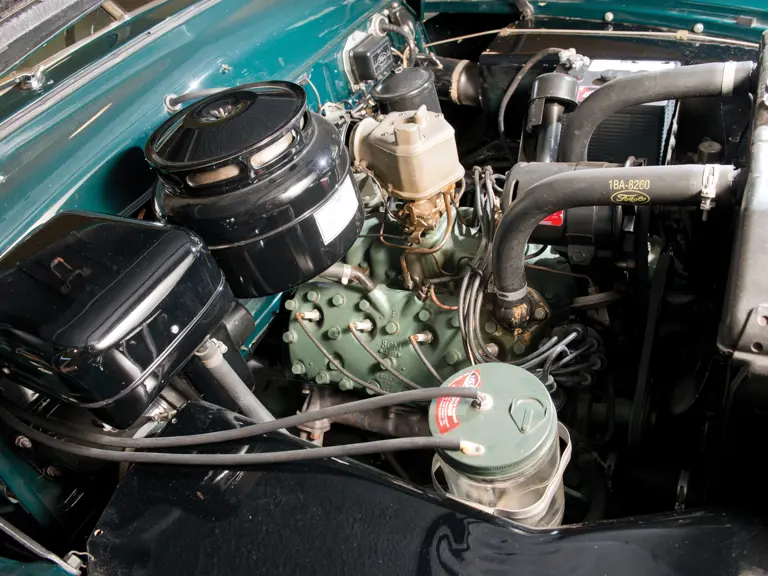
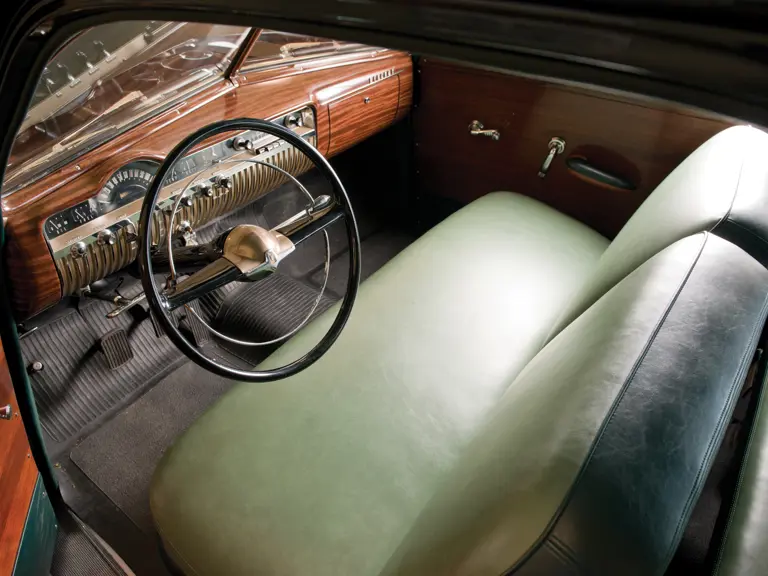
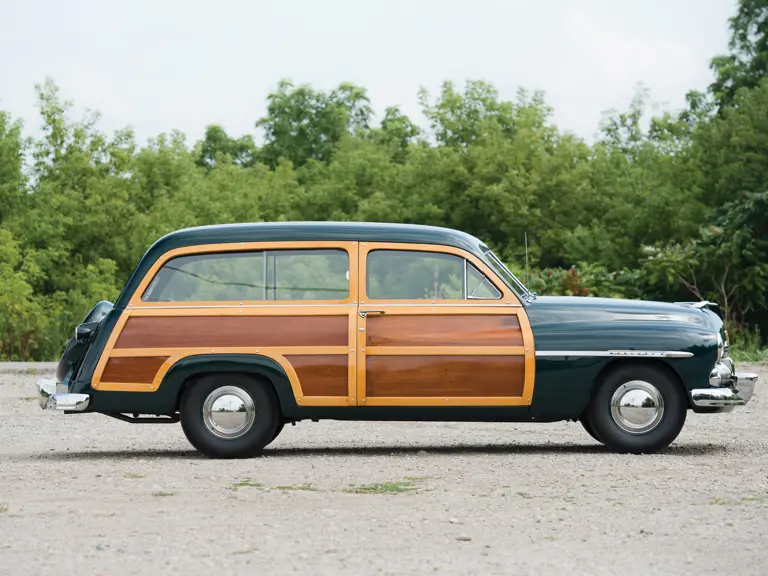
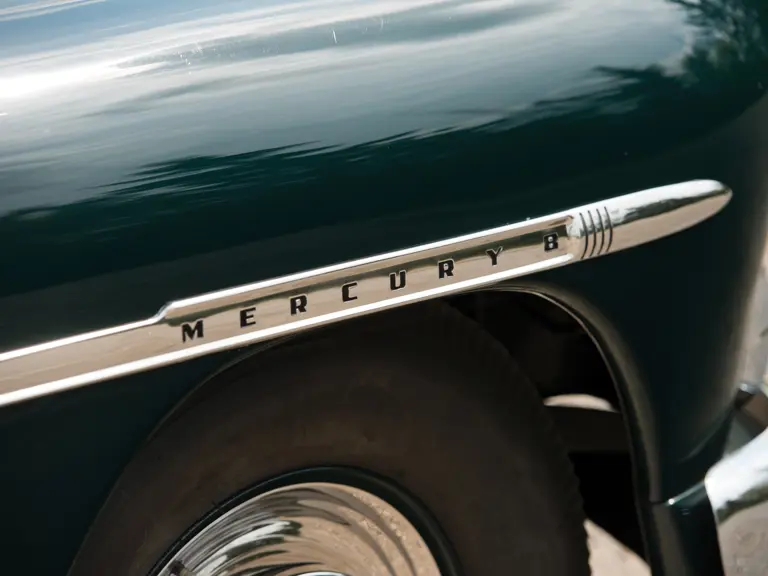

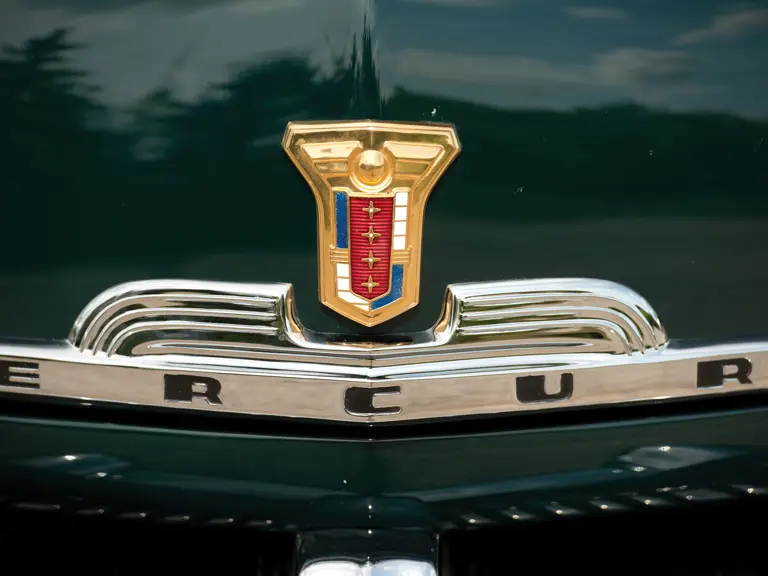
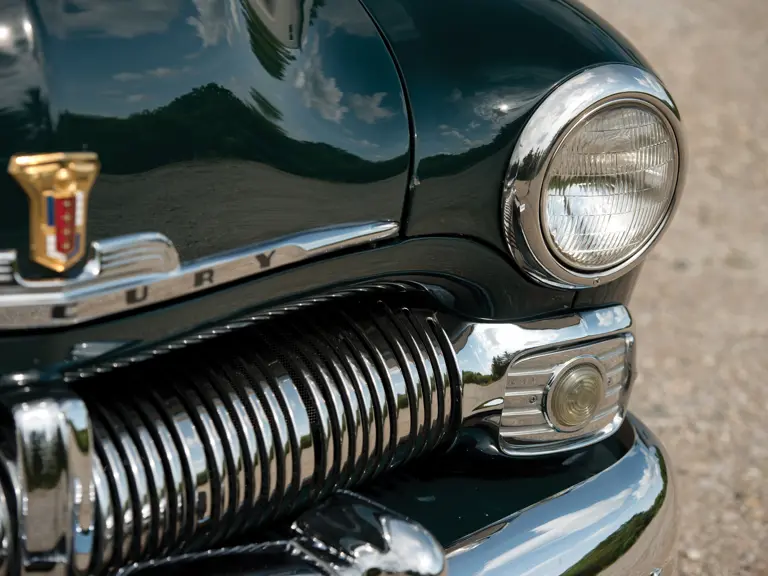
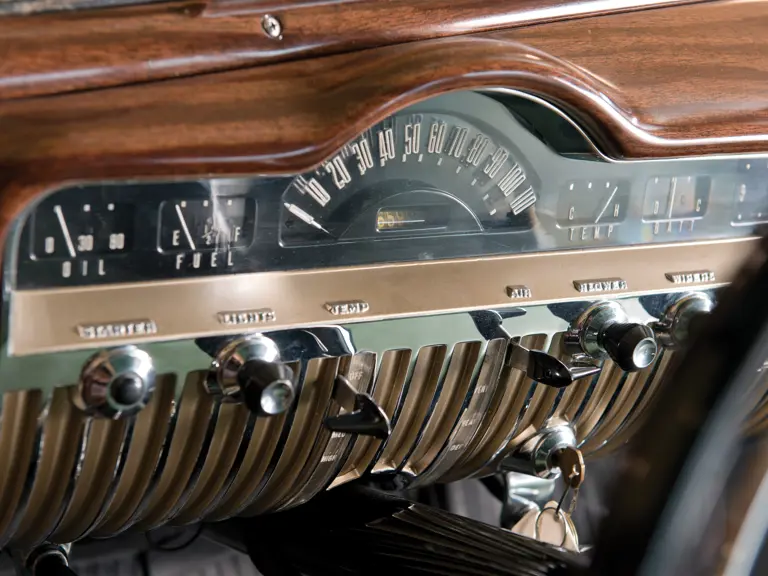
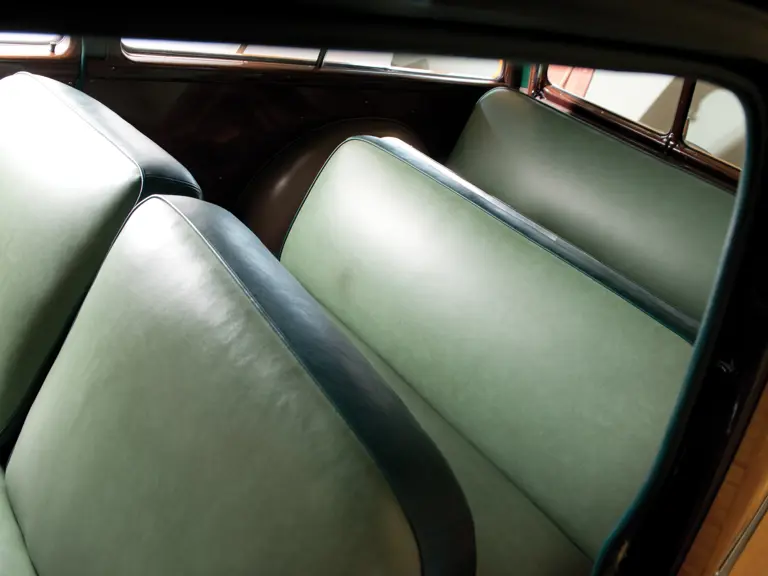
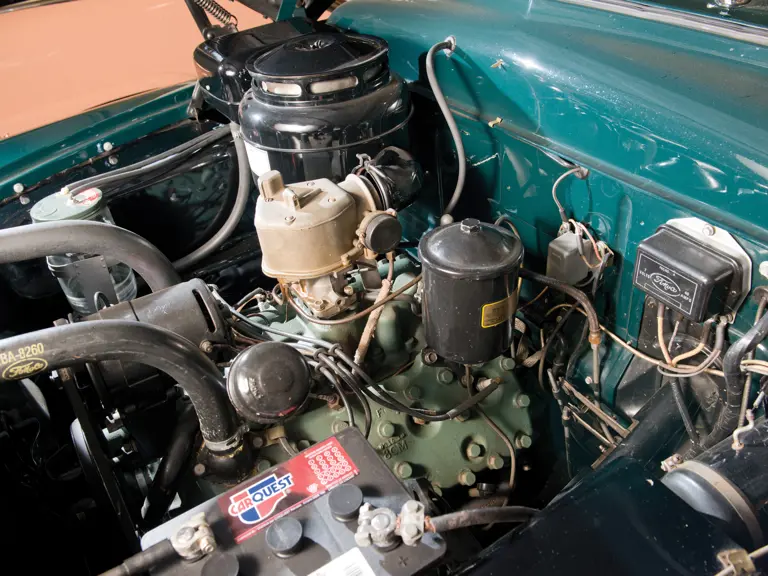
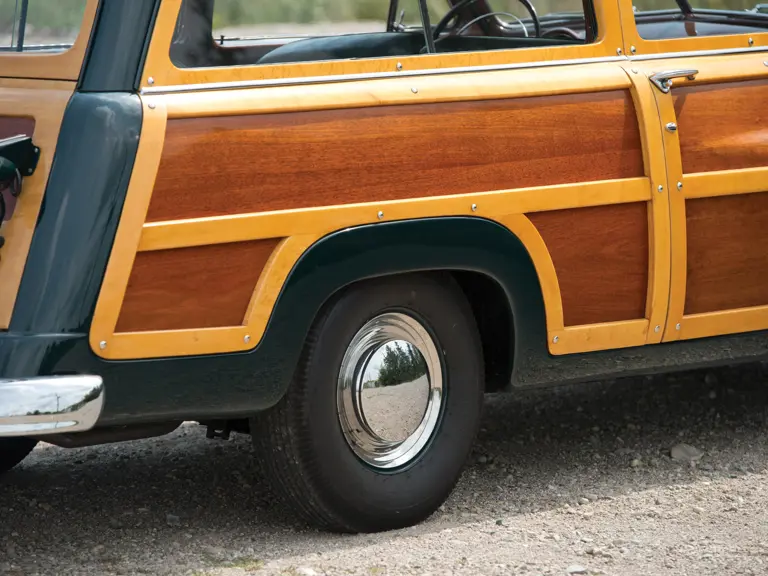
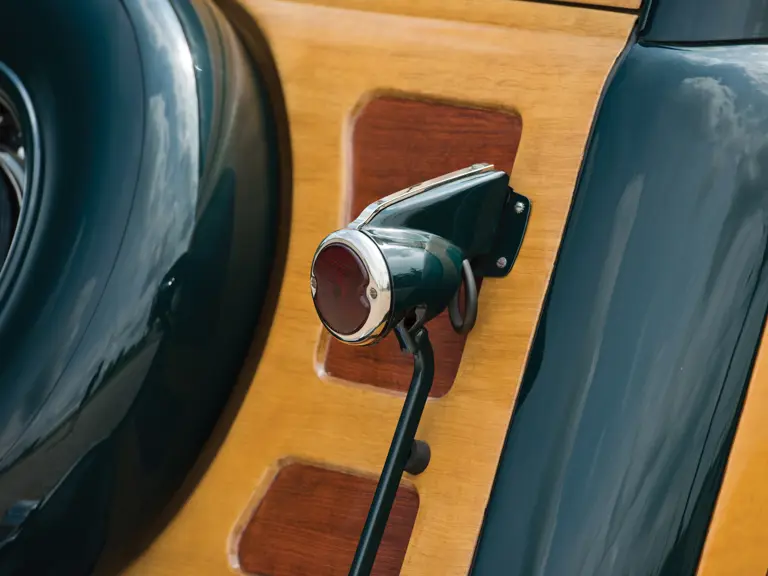
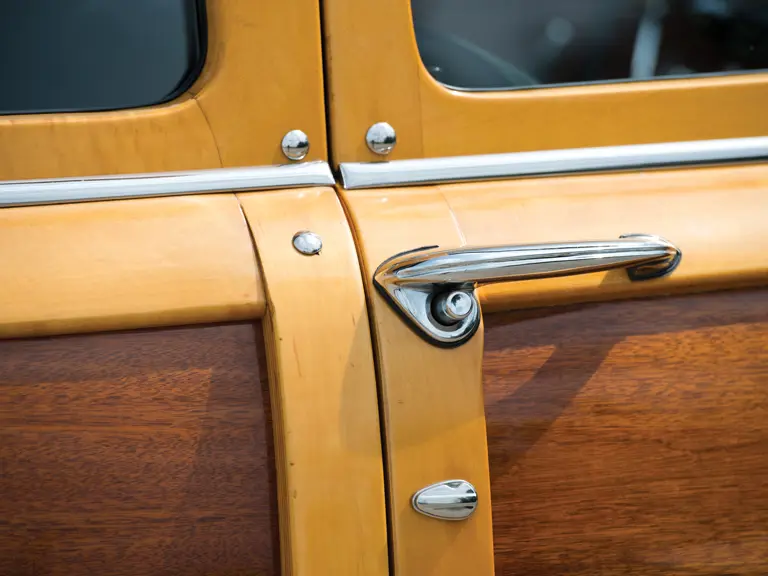


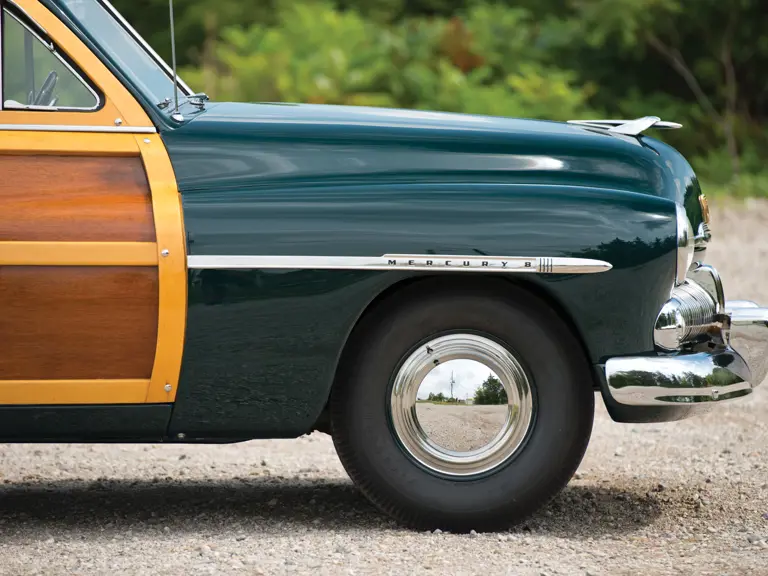


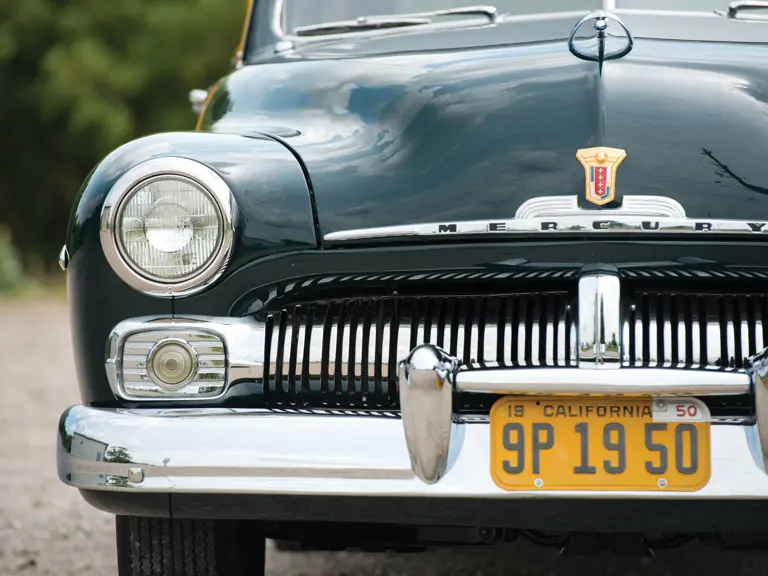


 | Hershey, Pennsylvania
| Hershey, Pennsylvania

